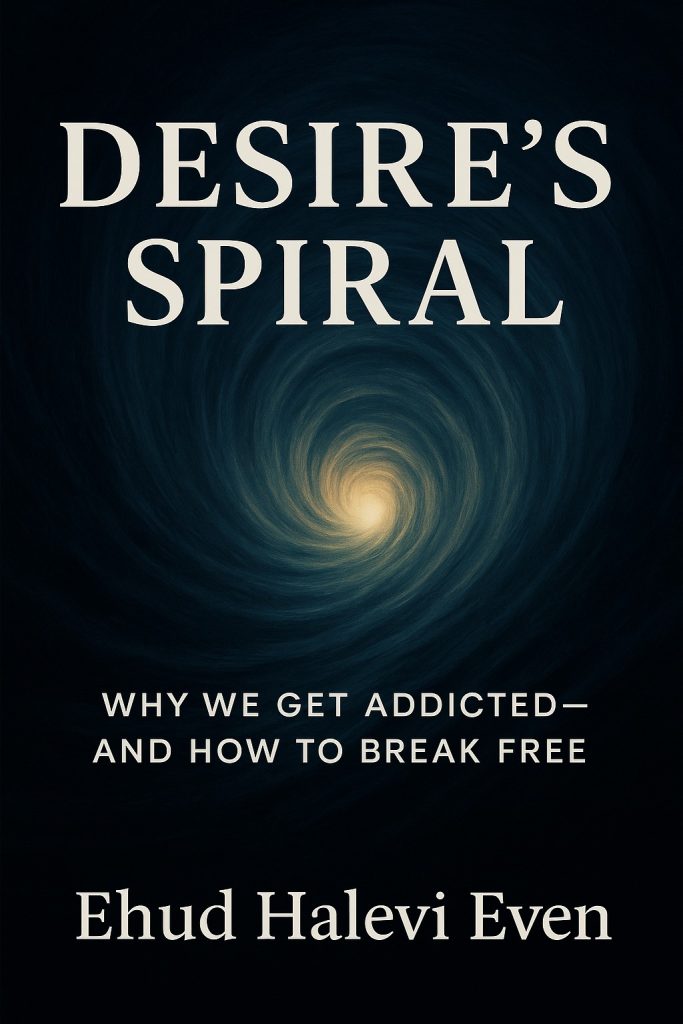
The Enigma of Addiction is a comprehensive yet accessible guide that unites science, psychology, and human experience into a single narrative of understanding and healing. It travels from the biology of the brain to the psychology of pain and the spiritual dimensions of recovery, showing how freedom and wholeness can be regained.
Through its combination of research, storytelling, and practical insight, the book offers readers not only a framework for understanding addiction — but a pathway to hope and renewal, relevant to anyone seeking true freedom in a world where the line between desire and compulsion grows ever thinner.
The Enigma of Addiction is a comprehensive and deeply human exploration of one of the most complex psychological and social phenomena of our time — addiction. Written with scientific precision and emotional depth, the book combines neuroscience, psychology, spirituality, and real-life stories to reveal what drives people toward dependency and how recovery is possible. It presents addiction not as a moral failure but as a reflection of human pain, yearning, and the search for meaning in a pressured, overstimulated world.
The book opens with a vivid portrayal of modern life: a digital, fast-paced world overflowing with stimulation, anxiety, and emptiness that drives people to seek immediate relief. The author, Udi Even, observes that the boundary between habit and addiction has become increasingly blurred. Excessive use of drugs, alcohol, pornography, shopping, or social media often begins as a daily routine and gradually turns into an emotional and physical trap.
Drawing on contemporary global data, Even notes that hundreds of millions use addictive substances, tens of millions are dependent, and behavioral addictions such as social media and pornography are rising rapidly. Addiction, he explains, is not a sign of moral weakness but a conflict between deep emotional needs and neurological as well as cultural systems that reinforce dependency. The book seeks to uncover the roots of that conflict and offer practical tools for release and healing.
The opening chapter distinguishes between legitimate use and dangerous dependency. Addiction, Even writes, is first and foremost the loss of inner freedom — a state in which impulses govern the individual rather than the individual mastering the impulse.
He differentiates between physical dependence, where the body reacts to withdrawal with measurable symptoms, and psychological dependence, where the behavior becomes an emotional refuge. Through diverse examples — athletes, public figures, and ordinary people — he demonstrates how addiction crosses social and cultural boundaries.
The issue, he stresses, is not the amount used but the quality of the relationship between person and substance: do we choose it, or need it to feel complete? The phenomenon of tolerance — needing more to achieve the same satisfaction — leads to emotional exhaustion, loss of interest in other aspects of life, and declining relationships.
Addiction, Even concludes, is a battle between logic and emotion, where the craving for relief overrides awareness of harm. He also draws a subtle line between habit and addiction: a habit can be changed through discipline and awareness, while addiction entails loss of control and persistent use despite damage. The screen, he suggests, has become a modern symbol of that blur — an everyday habit that for many has turned into an emotional dependency.
The second chapter introduces the psychological and emotional lens. Addiction is presented as a response to unbearable emotional pain — often stemming from childhood trauma, rejection, or emptiness. The story of Hagai Tzachor illustrates this: growing up in emotional isolation, he fell into drug abuse but rebuilt his life through the Twelve-Step process.
Addiction, Even explains, is not just a disorder but a language of the soul — a way to numb pain, find control, or escape helplessness. The book explores key defense mechanisms that sustain addiction: denial (“I can stop whenever I want”), rationalization, projection of blame, and cognitive distortions like all-or-nothing thinking or hopelessness. Together, these form a closed emotional loop that prevents change and strengthens the illusion of control.
The addicted person, he writes, struggles with emotional regulation — unable to manage anger, fear, or sadness, they seek instant relief. Over time, addiction replaces the natural capacity to cope and becomes a survival mechanism. Recovery, therefore, requires more than stopping use; it demands deep transformation in personality, thinking, and emotion. Healing is primarily an emotional and spiritual journey, not merely a physical one.